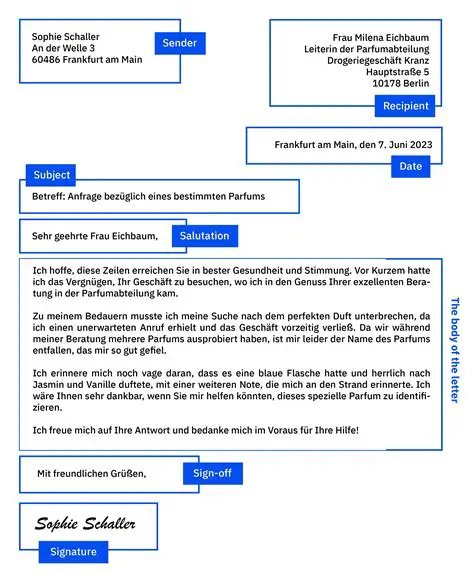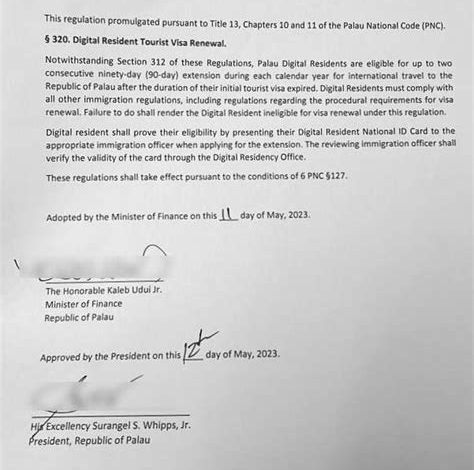
Mit freundlichen Grüßen: A Journey Through German Email Sign-Offs Formal Sign-Offs Informal Sign-Offs Tips and Tricks How to Step-by-Step Approach Why Matters and How Benefits Conclusion Appendix
In the world of professional communication, closing an email with the appropriate sign-off is an essential etiquette. In German business culture, there are a myriad of options to choose from, each conveying a specific tone and level of formality. Navigating these choices can be daunting for non-native speakers, but understanding the nuances will help you strike the right chord with your German counterparts.

When corresponding with clients, superiors, or individuals you do not know well, formal sign-offs are the preferred choice. These expressions convey respect and professionalism.
1. Mit freundlichen Grüßen (With kind regards)
This is the most common and versatile formal sign-off, suitable for most professional contexts. It is often abbreviated as “MfG.”
2. Hochachtungsvoll (With high esteem)
This sign-off is slightly more formal than “Mit freundlichen Grüßen” and is used when expressing greater respect or reverence. It is often abbreviated as “Hochachtungsvoll.”
3. Mit vorzüglicher Hochachtung (With utmost respect)
This is the most formal sign-off and should be used only in very formal settings, such as official letters or diplomatic correspondence.
When communicating with colleagues or individuals you know well, less formal sign-offs are acceptable. These expressions convey a sense of familiarity and warmth.
1. Viele Grüße (Best regards)
This is a friendly and casual sign-off, suitable for most informal contexts. It is often abbreviated as “VG.”
2. Liebe Grüße (Warm regards)
This sign-off is slightly more personal than “Viele Grüße” and is used when expressing affection or endearment. It is often used in personal emails or to close business letters with close contacts.
3. Herzliche Grüße (Cordial regards)
This sign-off is more expressive than “Liebe Grüße” and is used when expressing genuine affection or gratitude. It is often used in personal emails or to close business letters with valued clients or partners.
- Match the tone of the email: Your sign-off should match the overall tone of your email. If the email is formal, use a formal sign-off; if it is informal, use an informal sign-off.
- Consider your audience: The recipient’s position, level of familiarity, and cultural background should all be taken into consideration when choosing a sign-off.
- Avoid using abbreviations in formal emails: While it is acceptable to use abbreviations in informal emails, they should be avoided in formal correspondence.
- Proofread carefully: Make sure your sign-off is spelled correctly and grammatically accurate before sending your email.
- Determine the formality of the email.
- Choose an appropriate sign-off based on the formality and audience.
- Write the sign-off at the end of your email body.
- Proofread your email before sending it.
Using the correct German email sign-off is important because:
- It conveys respect: A proper sign-off shows that you value the recipient and their time.
- It establishes a professional tone: A formal sign-off helps to set a professional tone for your communication.
- It avoids misunderstandings: Using the right sign-off can help to avoid confusion or misinterpretation.
Mastering the art of German email sign-offs will help you communicate effectively in German business environments. By understanding the nuances of each expression, you can convey the appropriate level of formality and respect, and build strong professional relationships. Remember, the key is to choose a sign-off that matches the tone of the email and the recipient’s position and familiarity.
Table 1: Formal German Email Sign-Offs
| Sign-Off | Abbreviation | Use |
|---|---|---|
| Mit freundlichen Grüßen | MfG | Versatile, most common |
| Hochachtungsvoll | Hochachtungsvoll | More formal |
| Mit vorzüglicher Hochachtung | Most formal |
Table 2: Informal German Email Sign-Offs
| Sign-Off | Abbreviation | Use |
|---|---|---|
| Viele Grüße | VG | Casual |
| Liebe Grüße | Affectionate | |
| Herzliche Grüße | Cordial |
Table 3: Tips for Choosing a German Email Sign-Off
| Factor | Consideration |
|---|---|
| Tone of email | Formal or informal |
| Audience | Position, familiarity, culture |
| Context | Business letter or personal email |
Table 4: Benefits of Using the Correct German Email Sign-Off
| Benefit | Description |
|---|---|
| Respect | Shows value for recipient |
| Professionalism | Establishes a professional tone |
| Clarity | Avoids confusion |










